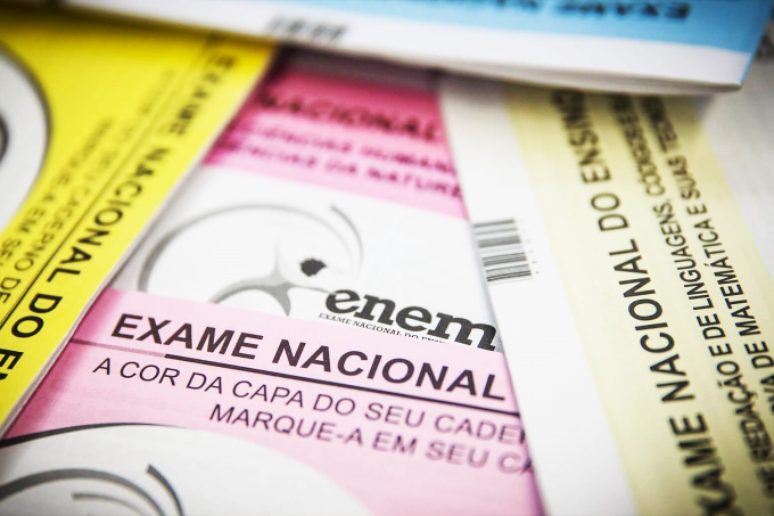Find out which subjects are most requested in the Mathematics test of the National High School Leaving Certificate exam and prepare for the entrance exam
The most awaited exam of the year by millions of students, the National High School Examination (Enem) 2024 will take place on 3 and 10 November. On the second day of the exam one of the applied tests will be carried out Mathematics and its Technologies, of which it will be the protagonist 45 objective questions.
Receive the main news directly on WhatsApp! Subscribe to the Terra channel
The Enem Mathematics test gives priority to logical reasoning, problem-solving strategies and tries to bring this discipline closer to people’s daily lives.
“When a question is presented on a specific mathematical topic, there is a good chance that the exam contains, in the statement of the question itself, the information necessary for its solution”, explains Leonardo Cavalcante, mathematics teacher at UpMat Educacional.
While there are several topics that can be covered in questions, there are a few that tend to be asked more frequently. See below the topics listed by the teacher that appear most frequently in the Enem Mathematics test and prepare for the exam!
What else is required in Mathematics at Enem?
Reading the graph
Charts can be bar charts, pie charts, Cartesian charts, among others. They represent different phenomena, such as the percentage of the population that uses a certain means of transport to go to work, the speed of a vehicle in a certain time interval, the average temperature of the Earth over the years and the relationships between two (or more) quantities in general.
Enem expects students to be able to read and retain the main information contained in these graphs, carrying out a critical analysis, considering the socio-cultural and socioeconomic contexts in which the candidate is inserted, as well as making inferences based on the evolution of the behavior of the quantities present in the graph.
Functions
Questions about 1st degree (one variable) and 2nd degree (two variables) functions are frequent in Enem. Functions express different relationships between sets. However, in addition to the concepts involved in studying functions, students must be able to derive results and values from the use of a function. Example: A company’s annual revenue, based on the monthly payments received plus the percentage of interest on each installment.
It is also common for students to create a function, composed of one or two variables, that mathematically represents a random phenomenon. It is important to remember that a function can be represented visually as a graph on the Cartesian plane.
Percentage
Another recurring theme in Enem is percentage. Every day the population deals with payments (with interest or discounts on that payment), energy consumption (comparing whether it has increased or decreased compared to the previous month) and the division of a whole into smaller parts (for example, vehicles used by each percentage of the population going from home to work).
Therefore it is essential that students calculate and know how to recognize the part (i.e. the percentage) of a whole that a given value or quantity represents.

Ratio and proportion
Ratios and proportions are included in pure everyday mathematics. While the concept of ratio is linked to that of division, the concept of proportion is linked to that of equality. Students, in recognizing two or more quantities in a random situation, must be able to analyze their behavior together: if one increases when the other increases (in this case they are directly proportional) or if one decreases when the other increases (in this case case by case, they are inversely proportional).
Area and perimeter
Geometry appears heavily in Enem. Within this very important pillar of mathematics are the concepts of area and perimeter. Rather than using formulas, candidates need to find ways to decompose a flat figure into other known figures whose areas and perimeters are easier to find or look for similarities between these figures that result in numerical values of their areas or perimeters.
And these calculations are directly linked to reality: it is possible to calculate the area occupied by a park in a large city or what distance will be covered if we cover a few blocks during a walk, for example.
Source: Terra
Rose James is a Gossipify movie and series reviewer known for her in-depth analysis and unique perspective on the latest releases. With a background in film studies, she provides engaging and informative reviews, and keeps readers up to date with industry trends and emerging talents.






